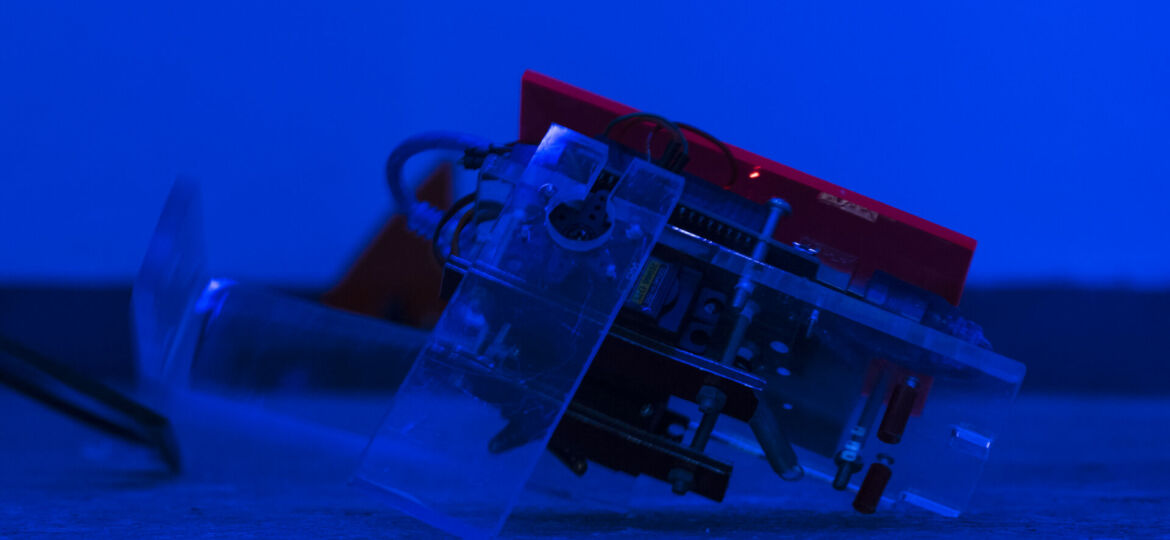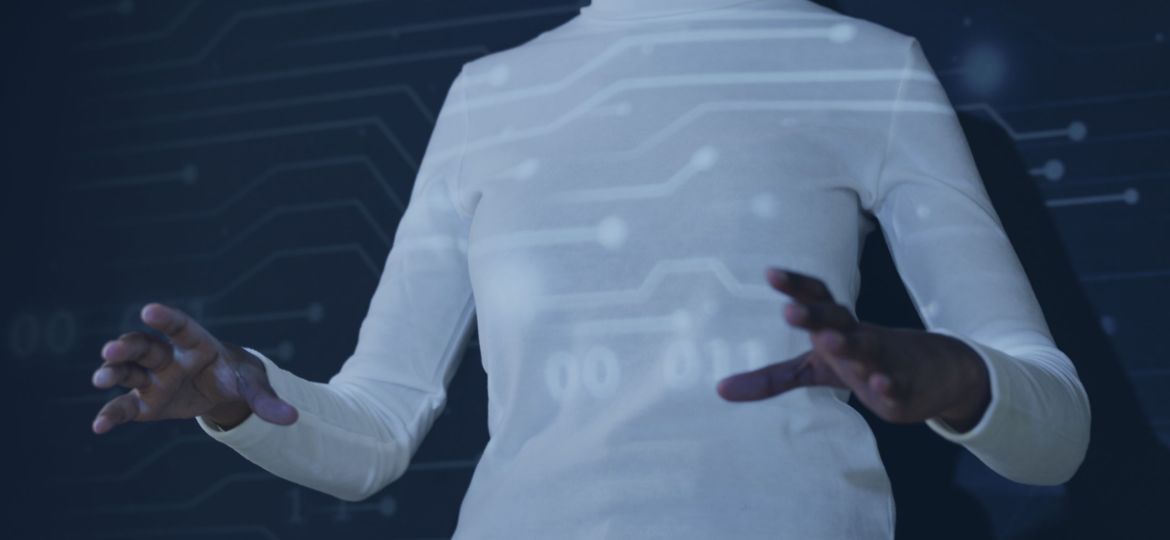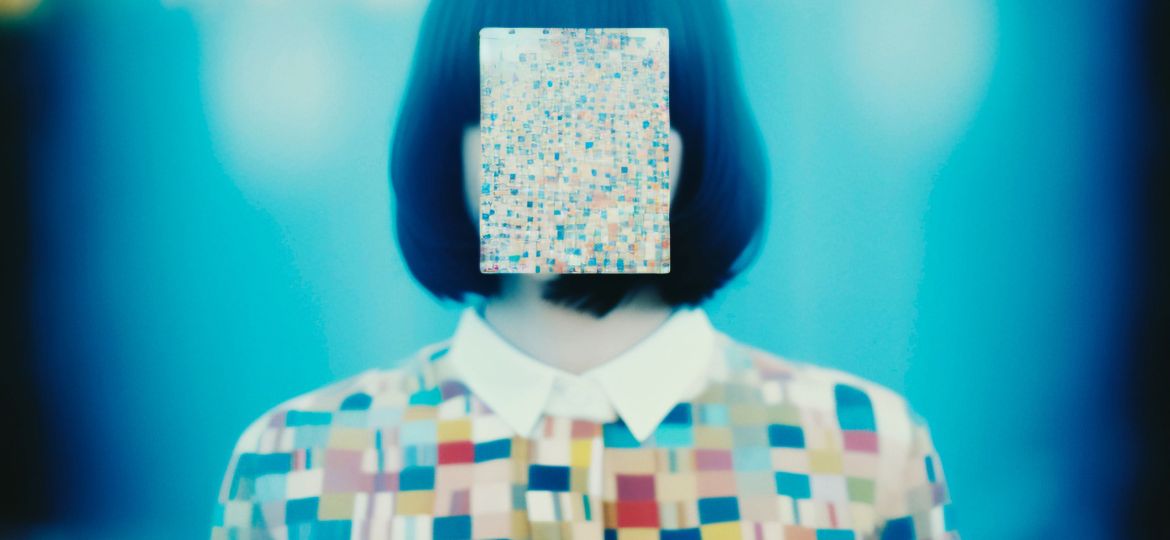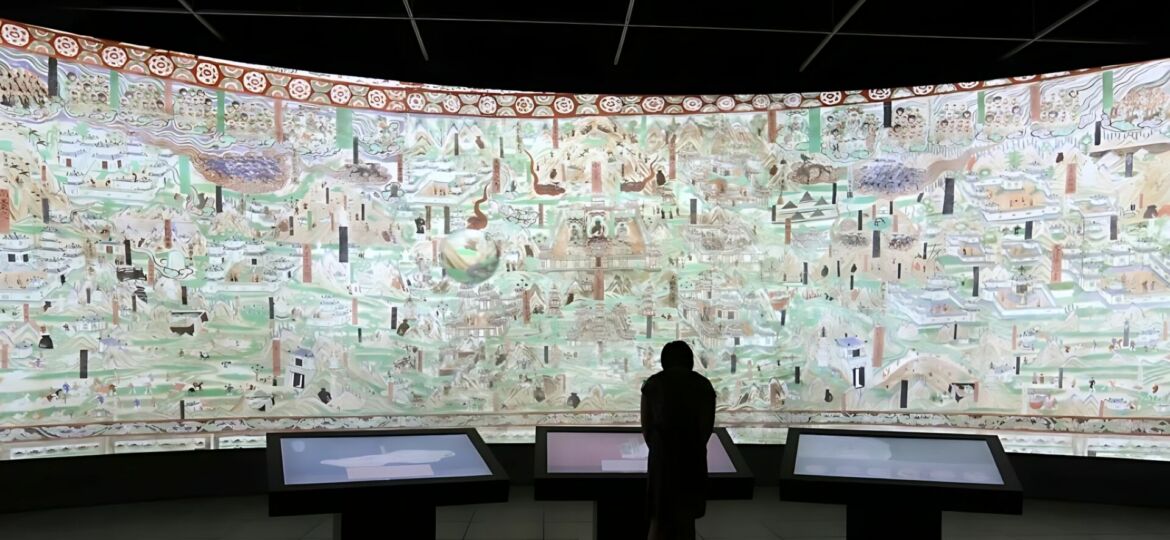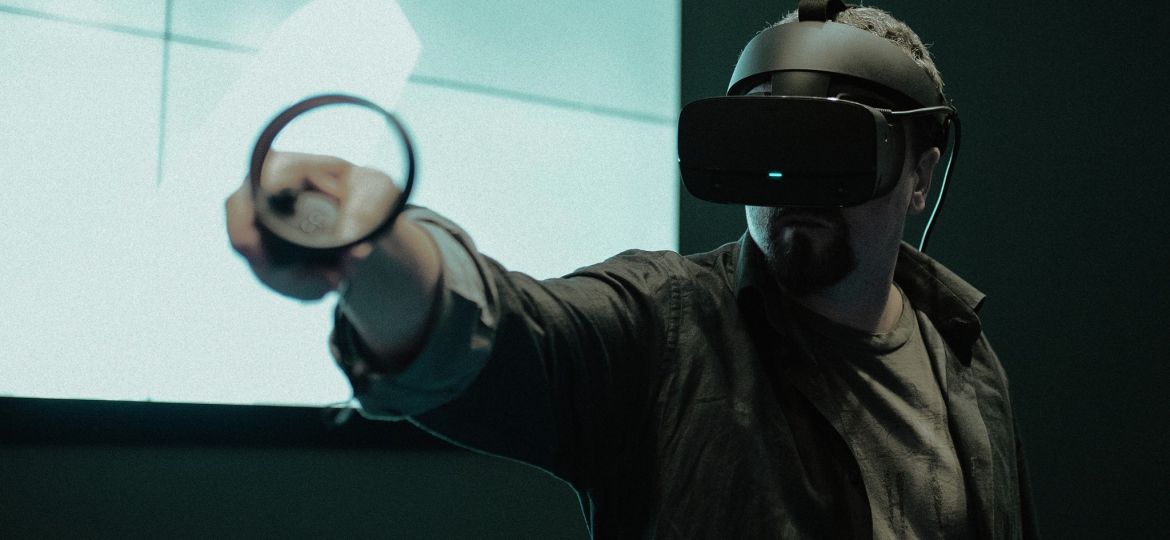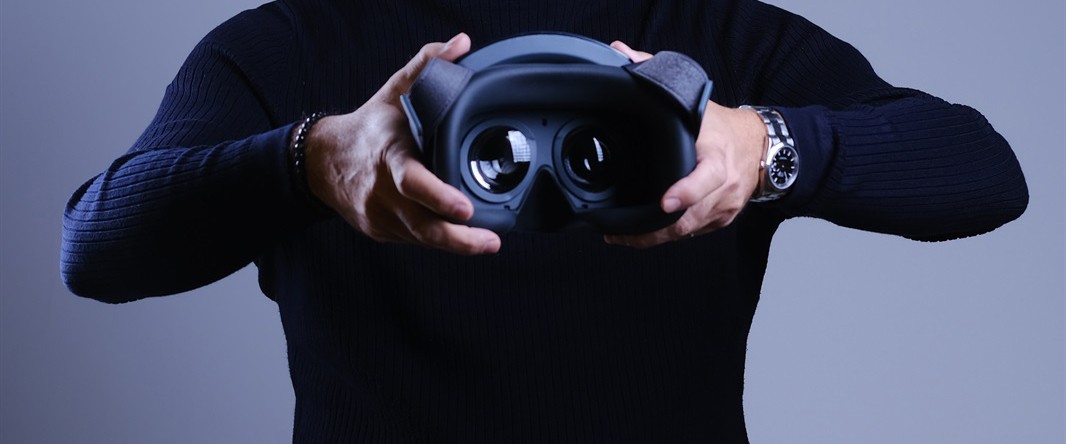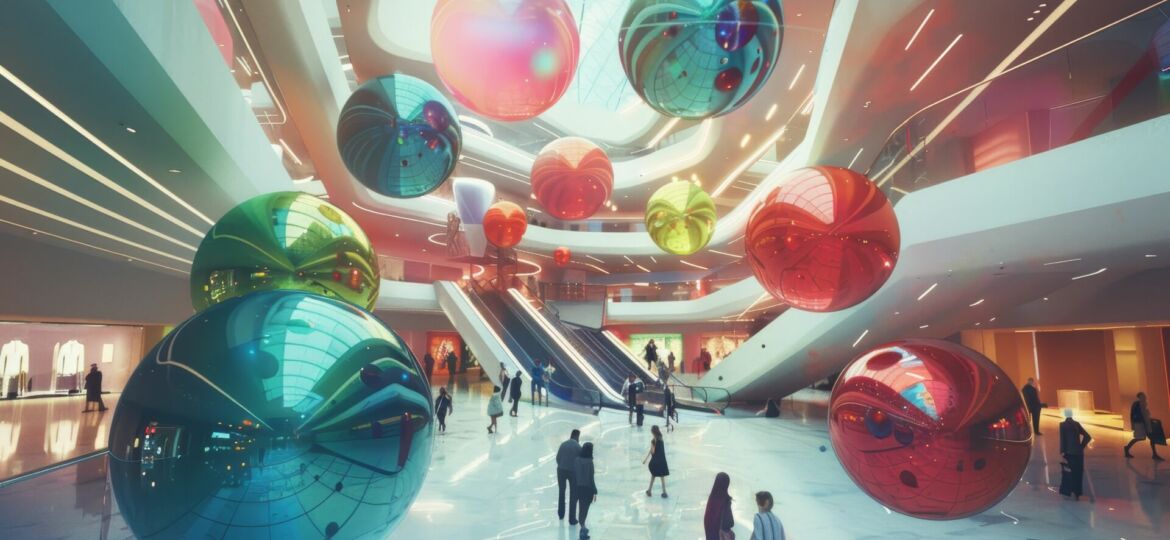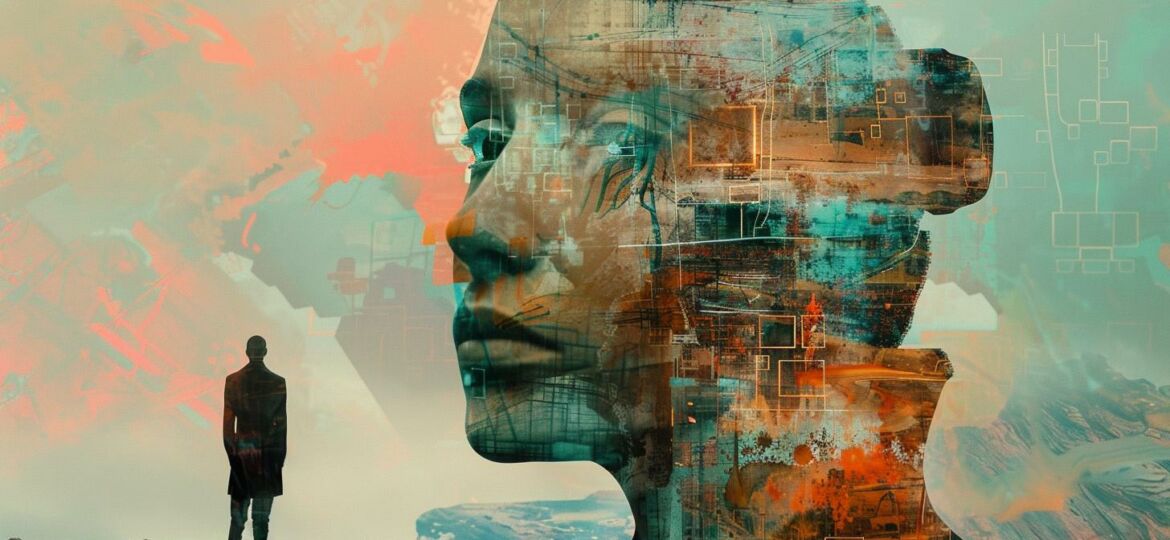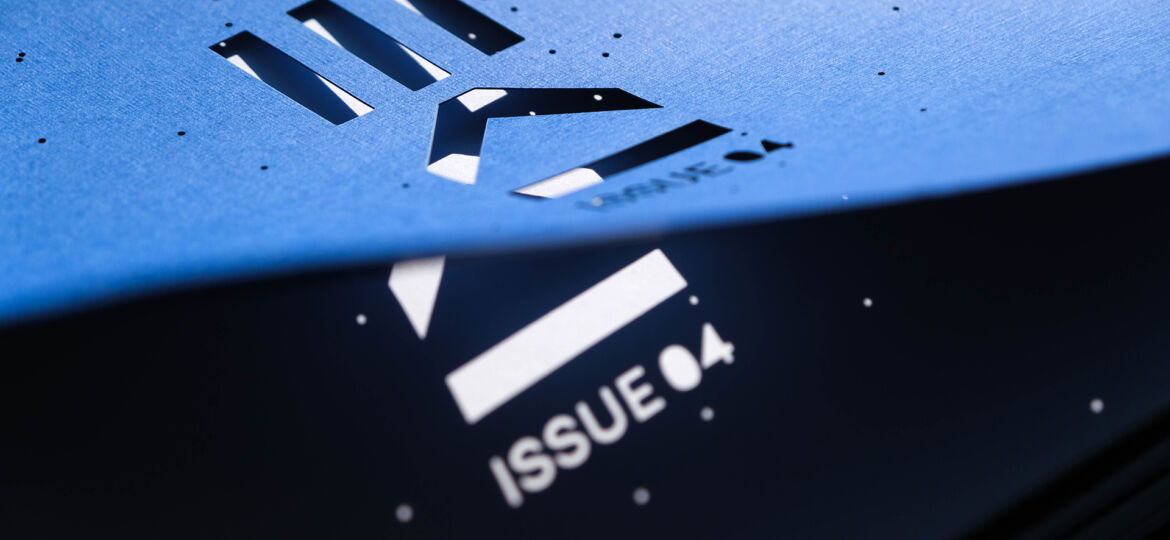Mozzarella Light is the artistic duo composed of Giulia Ciappi (Poggibonsi, 1997) and MarcoFrassinelli (Rome, 1992). They trained at the Academies of Fine Arts in Florence and Rome, where they graduated in Sculpture, and at the Universidad del País Vasco in Bilbao, Spain, doing workshops and residencies in the USA, Greece and Israel.
The usage modes and integrative processes of the technologies we use on a daily basis seem to be shaped and shaped solely through the computing and aesthetic interfaces that filter user-instrument interaction. Yet it is the normative, ethical, and legislative plans that should be at the center of the processes of educating, training, and shaping the development of the technologies we use.
Every new technology brings with it the promise of a technological revolution, but quite often, this promise is not kept. Indeed, rather than generating progress, advances in technology may actually increase inequality, by giving certain social groups even more advantages over other, already disadvantaged groups. Diletta Huyskes turns a spotlight on the paradoxes that the introduction of new technology gives rise to in a volume entitled Technology of the Revolution, published by “il Saggiatore”.
Imagine being able to move back in time and visit the ancient Buddhist Mogao caves in Dunhuang at the peak of their splendour, travelling along the Silk Road with merchants and pilgrims, as described in The Travels of Marco Polo. For some time now, this idea has no longer belonged to the world of science fiction. A visit to the Mogao caves, one of the most important Buddhist sites in China, begins with an immersive video experience that takes visitors back to the times of the great trade routes along the Silk Road, in the centuries when the Dunhuang oasis in the Gansu province was the crossroads of culture and merchandise coming from Central Asia.
Can urban space and virtual space coexist? And how can digital art redesign the streets, structures and the façades of the buildings? There is a surprising and underrated meeting point between immersive technologies and urban art: in the hands of street artists, we see that virtual and augmented reality become tools capable of amplifying an artist’s creative range exponentially, liberating the art from every law of physics (and from the bureaucratic laws as well). Thus, street artists, who were the first to reappropriate urban space for themselves, also became the first to “colonize” and navigate virtual space, the new frontier of the public world.
In recent years there has been a lot of talk about metaverse, especially since October 2012, when Mark Zuckerberg, founder and owner of Meta, announced his intention to change the name of Facebook Inc. to Meta, staking everything on this technology. Although it is a widespread buzzword, few people truly understand what metaverse actually is and how it works.
Enterprise invests in art. What promise does digital offer? Var Digital Art, established in 2018 within Var Group, a leading…
What is the relationship between art and algorithm? Algorithms are creative tools that artists use to express their vision. For…
Eki is a biannual art magazine, published in English and Italian, dedicated to those who love, study, or simply observe…


